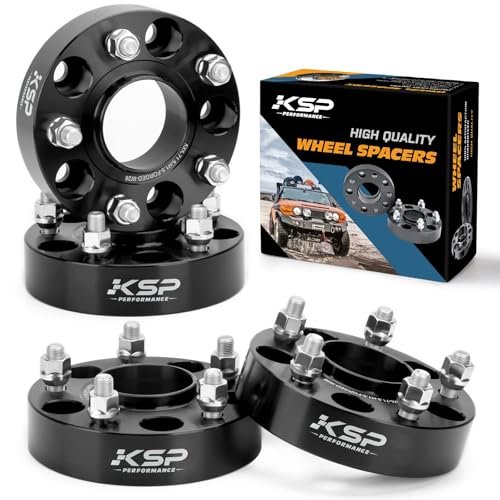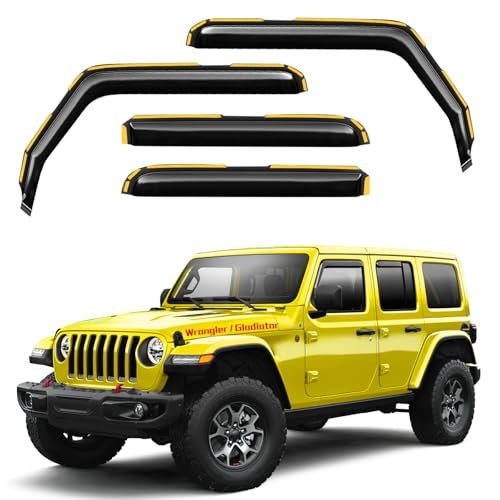The gas light on a Jeep typically comes on when there are around 30 to 50 miles of fuel remaining. Driving on empty can be a nerve-wracking experience, especially when you’re unsure of how far you can go before running out of gas.
As a Jeep owner, it’s important to know how many miles you can travel once the gas light comes on. While various factors such as driving conditions and vehicle maintenance can play a role, on average, the gas light on a Jeep will illuminate when there are approximately 30 to 50 miles of fuel remaining.
This gives you enough time to find a gas station and refill before running out completely. Understanding the estimated distance can help you plan your stops accordingly and avoid any unexpected breakdowns on the road.

Credit: www.akinsford.com
Understanding The Gas Light Warning
The gas light in a Jeep serves as a warning indicator that the fuel level is low and it’s time to refuel. It’s important to understand how the gas light functions to avoid running out of fuel on the road.
The gas light typically turns on when the fuel level reaches a certain point, which can vary from vehicle to vehicle. Generally, it indicates that there are approximately 30-50 miles of driving range left before you run out of fuel. However, it’s crucial to note that this range is just an estimate and can vary based on driving conditions, terrain, and vehicle efficiency.
Paying attention to the gas light is essential to prevent being stranded without fuel. Ignoring the warning and continuing to drive can lead to engine damage or being stuck on the roadside. Therefore, it’s advisable to refuel as soon as possible after the gas light illuminates.
Factors Affecting The Mileage Once Gas Light Comes On
The mileage once the gas light comes on in a Jeep can vary depending on several factors:
| Factors Affecting Mileage | Explanation |
|---|---|
| Fuel efficiency of different Jeep models | The mileage you can drive once the gas light comes on will differ among Jeep models due to variations in their fuel efficiency. |
| Driving conditions and habits | The way you drive and the conditions you drive in, such as stop-and-go traffic or highway driving, can impact the number of miles you can go after the gas light illuminates. |
| Terrain and elevation | Driving in hilly or mountainous areas and dealing with changes in elevation can affect the fuel consumption and distance you can travel once the gas light is on. |
| Vehicle maintenance and condition | Proper vehicle maintenance, such as regular oil changes and tune-ups, can contribute to better gas mileage and potentially extend the distance you can drive with the gas light on. |
Estimating The Remaining Mileage Once Gas Light Comes On
Estimating the remaining mileage once the gas light comes on in a Jeep can be a bit of a guessing game. However, there are a few tips that can help you calculate an approximate mileage to avoid running out of gas on the road.
One of the factors to consider when estimating the remaining distance is the size of your Jeep’s gas tank. Smaller tanks will provide a shorter range compared to larger ones. Additionally, your driving habits and the terrain you’re driving on can also affect your mileage. If you’re driving uphill or through heavy traffic, you’ll likely consume more fuel.
It’s important to know that the gas light is simply an indicator that your fuel level is low, not an exact science of how much fuel is left. Many people have misconceptions about the fuel light, thinking they have a significant amount of mileage remaining. However, it’s always best to fill up as soon as possible when the gas light comes on to avoid any unexpected situations.
| Tips for calculating approximate mileage |
|---|
| – Know the size of your gas tank |
| – Consider your driving habits and terrain |
| – Fill up as soon as the gas light comes on |
Extending The Range Once Gas Light Comes On
Extending the Range Once Gas Light Comes on
Fuel-saving driving techniques play a crucial role in maximizing the range once the gas light comes on in your Jeep. By adopting these techniques, you can avoid getting stranded and reach the nearest gas station safely. Here are a few strategies to consider:
| Planning ahead for long drives | Utilizing gas stations strategically | Carrying extra fuel options |
| 1. Use navigation tools to identify gas stations along your route and plan for stops in advance. | 1. Keep track of gas stations in less populated areas or long stretches of road to avoid running out of fuel. | 1. Keep a small gas canister or fuel bladder in your vehicle as a backup option. |
| 2. Optimize your route to include gas stations with lower prices or loyalty programs. | 2. Be mindful of your vehicle’s fuel economy and consider refueling at stations with better quality gas. | 2. Research and invest in fuel additives that enhance your Jeep’s fuel efficiency. |
| 3. Drive smoothly by avoiding rapid acceleration, excessive braking, and maintaining a consistent speed. | 3. Use cruise control on highways to maintain a steady pace and save on fuel. | 3. Utilize economy mode features or eco-driving settings in your Jeep to optimize fuel consumption. |
By implementing these fuel-saving driving techniques and considering factors such as planning, strategic fuel station selection, and carrying extra fuel options, you can make the most of your Jeep’s fuel range once the gas light comes on.
Troubleshooting Issues With The Gas Light
Having the gas light come on in your Jeep can be a cause for concern, but it doesn’t always mean you’re running on empty. There are several common problems associated with the gas light that you should be aware of.
One issue is a faulty sensor. Sometimes, the gas light may come on even though there is still plenty of fuel in the tank. This can be frustrating, but it’s often an easy fix. You can try resetting the sensor by disconnecting the battery for a few minutes and then reconnecting it.
Another issue may be a loose gas cap. If the cap isn’t properly tightened, it can trigger the gas light to come on. Make sure to securely tighten the cap after filling up to avoid this issue.
Understanding warning signs and indicators related to the gas light is important for troubleshooting. It’s also useful to know some general tips for resolving gas light issues. Regularly checking your fuel levels, keeping your vehicle well-maintained, and following the manufacturer’s recommendations can help prevent gas light problems and ensure a smooth driving experience.
Safety Precautions When Gas Light Comes On
If you find yourself with a low fuel level and the gas light comes on, it’s important to take immediate action. Panicking or ignoring the situation can lead to dangerous consequences. Use the following safety precautions to ensure your well-being and minimize any potential risks:
- 1. Slow down: Reduce your speed to conserve fuel and extend your remaining distance.
- 2. Monitor your surroundings: Pay attention to signs indicating gas stations or emergency services.
- 3. Find a safe spot: If possible, pull over to a well-lit area away from traffic and activate your hazard lights.
- 4. Use navigation tools: Utilize GPS or mobile apps to locate the nearest gas station.
- 5. Contact roadside assistance: If you’re unable to find a gas station, call for professional help.
What to do when stranded with no gas station nearby:
In the event that you find yourself stranded with no gas station in sight, consider these options:
- 1. Walk to find help: If the distance is manageable, walk to a nearby gas station or a location with phone service to seek assistance.
- 2. Call for help: Contact roadside assistance, friends, or family to inform them about your situation and obtain guidance.
- 3. Stay safe: It’s crucial to prioritize your safety, especially when walking on roads or in unfamiliar areas.
Remember: Acting promptly and taking the necessary safety precautions is vital when your gas light comes on. By doing so, you can ensure your well-being and resolve the situation efficiently.
Frequently Asked Questions For How Many Miles Once Gas Light Comes On Jeep
Can I Drive 25 Miles With Gas Light On?
Yes, you can usually drive around 25 miles when the gas light comes on. However, it’s important to remember that this may vary depending on your car’s make and model, driving conditions, and your driving habits. It’s always best to refuel as soon as possible to avoid running out of gas.
How Many Miles Until Empty When Gas Light Comes On?
When the gas light comes on, you have around 30-50 miles left before running out of fuel.
When The Gas Light Comes On In A Jeep How Many Miles Do You Have Left?
When the gas light comes on in a Jeep, the remaining mileage varies depending on factors like driving conditions and fuel efficiency. It is advised to refuel as soon as possible to avoid running out of gas unexpectedly.
How Far Can Jeep Cherokee Go On Low Fuel?
A Jeep Cherokee can travel a distance of around 40-60 miles on low fuel.
Conclusion
To sum up, it’s important to be prepared when the gas light comes on in your Jeep. While there is no definitive answer to how many miles you can drive once the light pops up, it’s best to find a gas station within the next 30-50 miles.
Remember to keep an eye on your fuel efficiency, driving conditions, and the age of your vehicle, as these factors can impact your range. Stay safe on the road and plan ahead!






